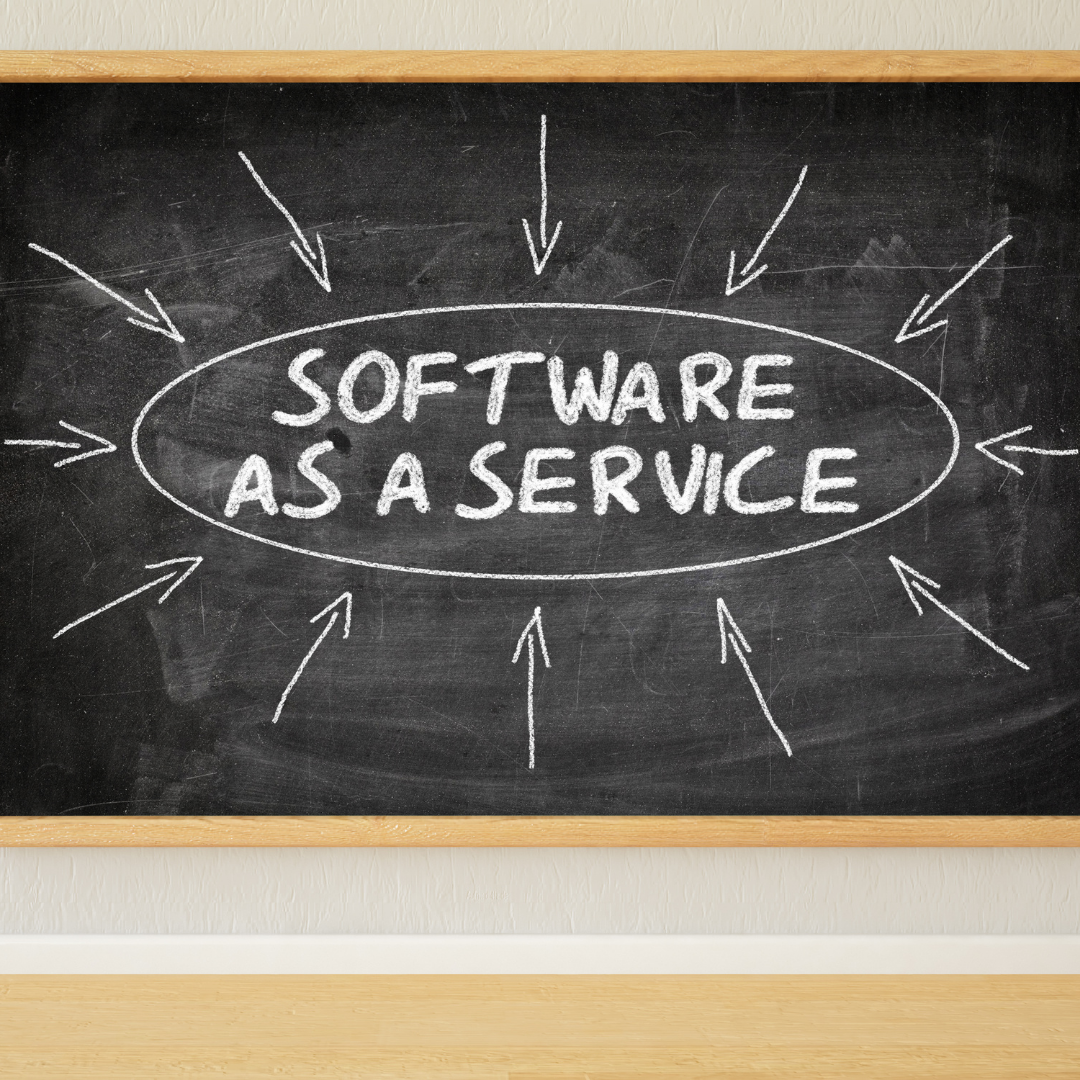Today, the term “software as a service” has become the standard in the software world, but do you know what it means? The term SaaS is short for “software as a service,” which refers to a model of software distribution. In this model, a software application is made available for use over the internet or on a computer network, either through a website or as a downloadable application.
What is SaaS?
To start, we need to clarify that there’s a lot of confusion about what software as a service (SAAS) really is. Many people think it’s the same thing as web hosting, where you buy a website. However, while web hosting is all about buying space on someone’s server, SAAS is about buying chunks of software that you can use to build your own website. It’s similar to selling a product rather than renting a store.
Software as a Service (SAAS) is a software subscription service that makes the process of acquiring software much more convenient, and can be used for a wide array of things, such as merging with a learning management system (LMS). In recent times, SaaS LMS have leapfrogged outdated hosted solutions which makes them a popular choice when it comes to improving training practices within companies. SaaS can do many things.
A SAAS product may be delivered to customers at any time of their choosing via e-mail, the internet, or a network. What it means is companies who sell SaaS might have to look at the Feature and Pricing Suite for Saas and implement in accordingly; while the potential client could just opt for the product (or service) via the internet! This also implies that companies do not have to maintain outdated software that may or may not have been updated or supported by its vendor.
Having said that, SaaS sellers have to keep in mind that the competition in the market is fierce. There are many who often offer better deals to their clients to not only attract them but also retain them for longer. Hence, budding entrepreneurs who deal in SaaS need to up their game by learning about the nitty-gritty of the trade, which might include learning about what is SaaS sales and how to improve it strategically.
SaaS Advantages
SAAS is a popular business model in the software world and is similar to the cloud-based computing model offered by Amazon Web Services (AWS). And with that, here are its advantages:
- Better scalability – The application can be accessed by employees on their smartphones, tablets, or laptops anywhere the internet is available. The software application can be accessed anywhere the internet is available, even when the client device is offline.
- Easy to install and configure – SaaS is that it eliminates the need for a customer to have to buy the software. All they have to do is sign into their account, and they will have access to all the features. There will be no more worrying about installing software, upgrading, or manually configuring the software.
- Accessibility at its best – SAAS or Software as a Service is the current trend in the IT industry. Software applications are delivered through the internet with no installation or maintenance needed on the users’ computers. A key benefit of this technology is that it lowers the total cost of ownership. Especially for SaaS solutions, which don’t require the installation of extra software on the user’s computer, making them accessible almost anywhere, anytime, on any device.
- Upgrades – With SaaS, the convenience of using an online service is a real draw. If your company has multiple devices that are connected to the internet, SaaS offers the ability to update all of them at once. In addition, SaaS applications are updated more regularly than traditional applications and are less likely to cause viruses. That said, SaaS applications are more expensive than traditional applications.
- Low cost – In the software world, SaaS (Software as a Service) solutions tend to offer lower costs than traditional software licensing models. Many would consider the cost of SaaS solutions to be a major advantage since they are more flexible and offer more benefits than their licensed counterparts.
There are many benefits of a SaaS solution over traditional software and service development, which is why SaaS sales tend to be on the rise.
Not only are SaaS solutions easier to manage and implement since a third party can do the process, but they are also much easier to scale, with the ability to quickly add additional servers and users. These advantages make SaaS solutions appealing for companies that must meet rapid growth goals, such as those that are looking to expand their customer base. You can read up on various articles and online resources to learn how to make one of the best SaaS websites or applications for your business!
The SaaS Disadvantages
Although there are many advantages to a Software as a Service (SaaS) product, there are a few disadvantages as well. These disadvantages could include:
- High up-front costs
- Lack of control over the product
- A lower level of customization
- Slower updates
This is a quick post to show you the disadvantages of SaaS services. If you consider SaaS as a solution for your company, you should pay attention to both advantages and disadvantages. No matter which SaaS you choose, you have to think that it can be the right solution for your business. You are the only one who can decide what the right solution is for you. No one else can decide that for you.

